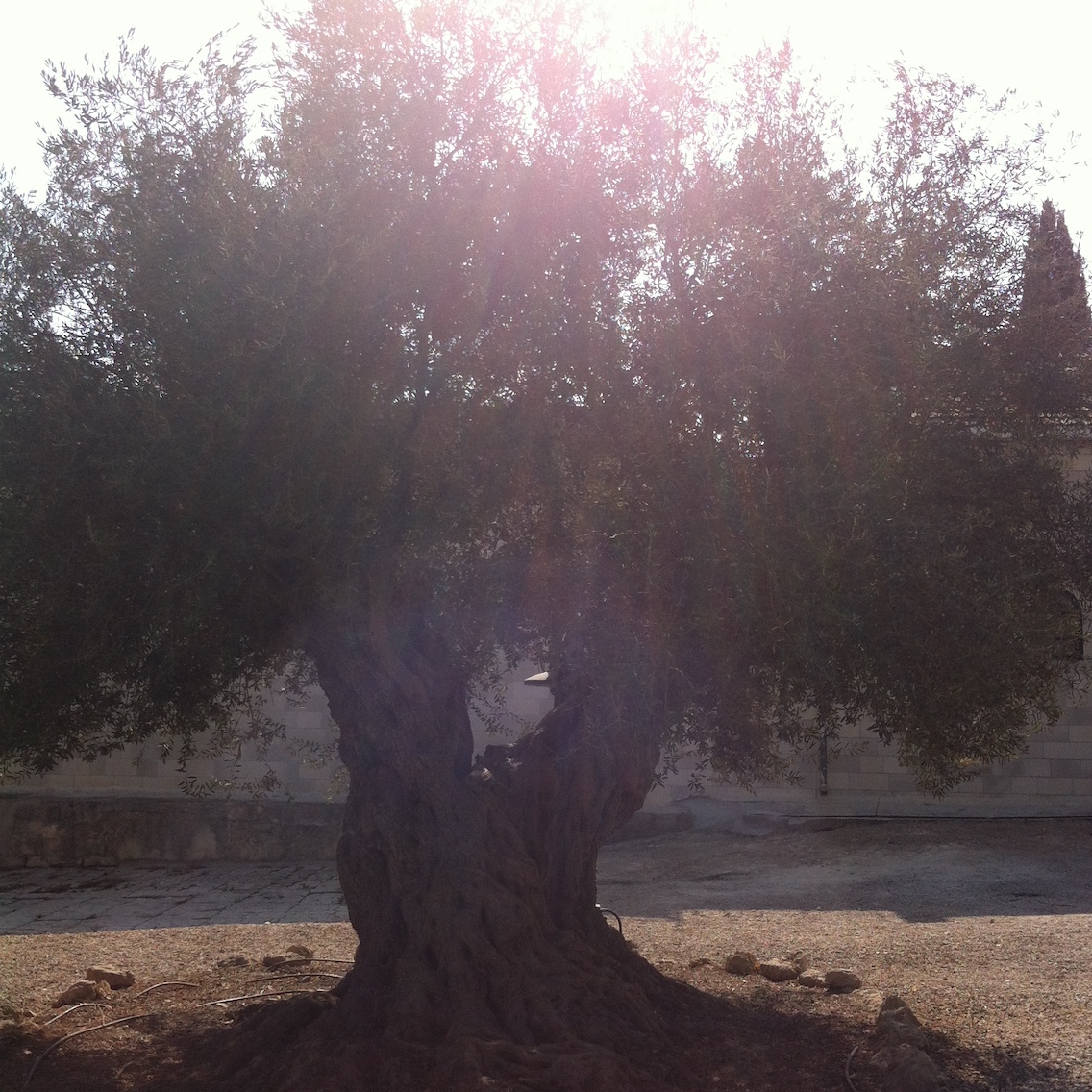In the ongoing and compelling debate about climate change and ecological crisis, nature has become a crucial force in defining our present and future. The relations between nature, religion and culture have become a broad and thriving field of research in the humanities and social sciences. The role of nature in the past was also fundamental in framing the religiosity of ancient communities, to which nature was a place of agency, relationality and spirituality. Through exploring the different human-environmental relations in ancient and contemporary religious cultures, new light can be shed on emic beliefs, representations, engagements and practices concerning nature and its non-human inhabitants, while revealing a multiplicity of relational and non-binary ontologies, epistemologies, cosmologies.
My journey into the field of religion and nature started during a suspension in my academic career due to an illness. During the months of recovering, the feeling of connection while closely engaging with nature and its inhabitants on a daily basis, was profoundly healing and made me realize of the many entanglements between nature, religion and spirituality. While lying under a tree or collecting its fruits, sitting on a rock that where ritual fires were performed in a distant past, or immersing in the waters of river considered sacred in the past and in the present, in the Alps and in Israel, I was overwhelmed by a feeling of connectedness and embodiment with the rest of nature. My mind often recalled ancient myths, tales, incantations, prayers, and rituals from Mesopotamia, where non-humans recur consistently as playing countless roles in the religious life of the ancients. At that time I re-discovered the term animism and decided to explore its potentialities in the study of ancient Mesopotamian religions.
The classic use of the term animism derives from Edward Tylor’s definition of religion as “beliefs in spirits” (Tylor 1871), and refers to the assumption that the most ancient religious systems were based on the belief that a soul or spirit exists in every being, be it an animal, a plant, a river or an object. Any similar understanding and engagement with the world as relational and personal in later religious expressions and beliefs through history was regarded as a mere relic or fossil of primitive beliefs. With the dismissal of this use of the term animism due to its colonialist and evolutionist connotations, a new usage of the term has come into being. Observing that, throughout history, many Indigenous and other cultures have animated, relational and intentional views of nature, which is understood as a community of persons, scholars of anthropology and religion have recently recovered this term.
Graham Harvey defines as ‘animists’, “people who recognize that the world is full of persons, only some of whom are human, and that life is always lived in relationship with others” (Harvey 2006b, xi). Accordingly, personhood is not relegated to humanity, but is acknowledged in spirits, deities, animals, plants, stones, mountains, seas, rivers, places and human artifacts, who are considered possessing communication, intention, and agency according to the different ontologies, epistemologies and contexts. The notion of ‘other-than-human’ person (Hallowell 1960), with the consequent relational cosmos and living landscape, highlights radically different understandings of divinity, personhood, nature, and religion and challenges the Western dualistic ontology with its oppositions of culture vs nature, soul vs body, subject vs object, spirituality vs materiality, animate vs inanimate, transcendent vs immanent (Latour 1993; Descola 1996; Descola 2013). New animism is therefore a fertile analytical concept for researching ontologies, cosmologies and religions that either pre-date, resist or mingle with that of Modernity (see Latour 1993).
The new animism therefore contains immense potential for generating wider discussions in the study of ancient and contemporary religions. This umbrella term comprises an arena of debate and research, that intersects with the ontological turn, the new materialism, Indigenous Studies, and the broader field of religion, nature and culture. Because it explores the multiplicity of relations between knowledge, experience, practices, places, things and the environment, animism converges in several ways the research field of material religion. This ‘material turn’, that is gaining ground in the study of religions, promotes the idea that religion can be better understood and defined through considering the matrix of relations between knowledge, experience, beliefs, practices, places, things. Religion is thus understood as an every-day, sensuous and embodied practice that encourages people to engage in different relations with the other-than-human community and the local environment.
Accordingly, I hope that the perspective of new animism will enrich and promote fruitful conversations and researches at SoRS, as well as teaching activities in collaboration with the Lorenzo de’ Medici International Institute
